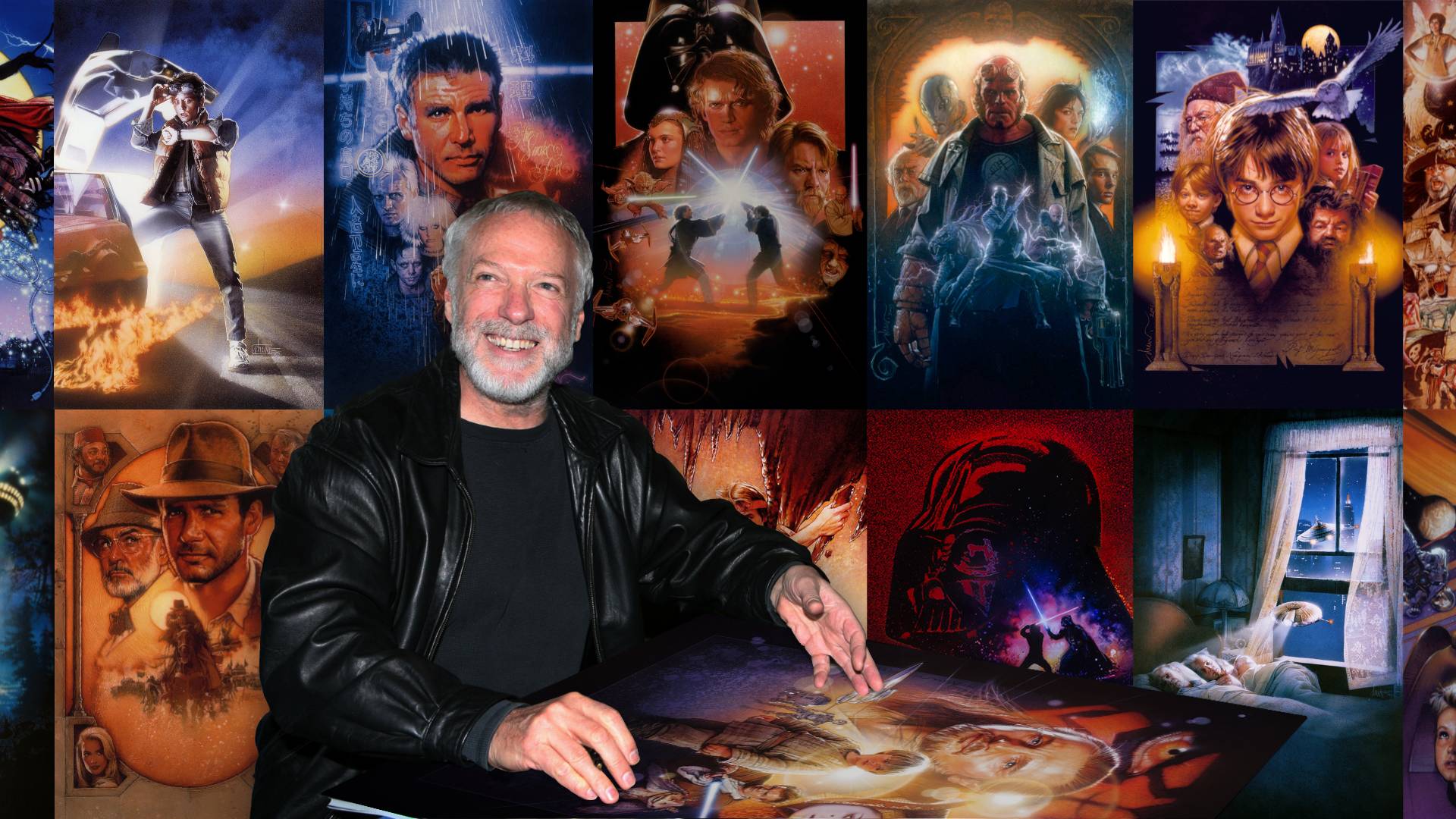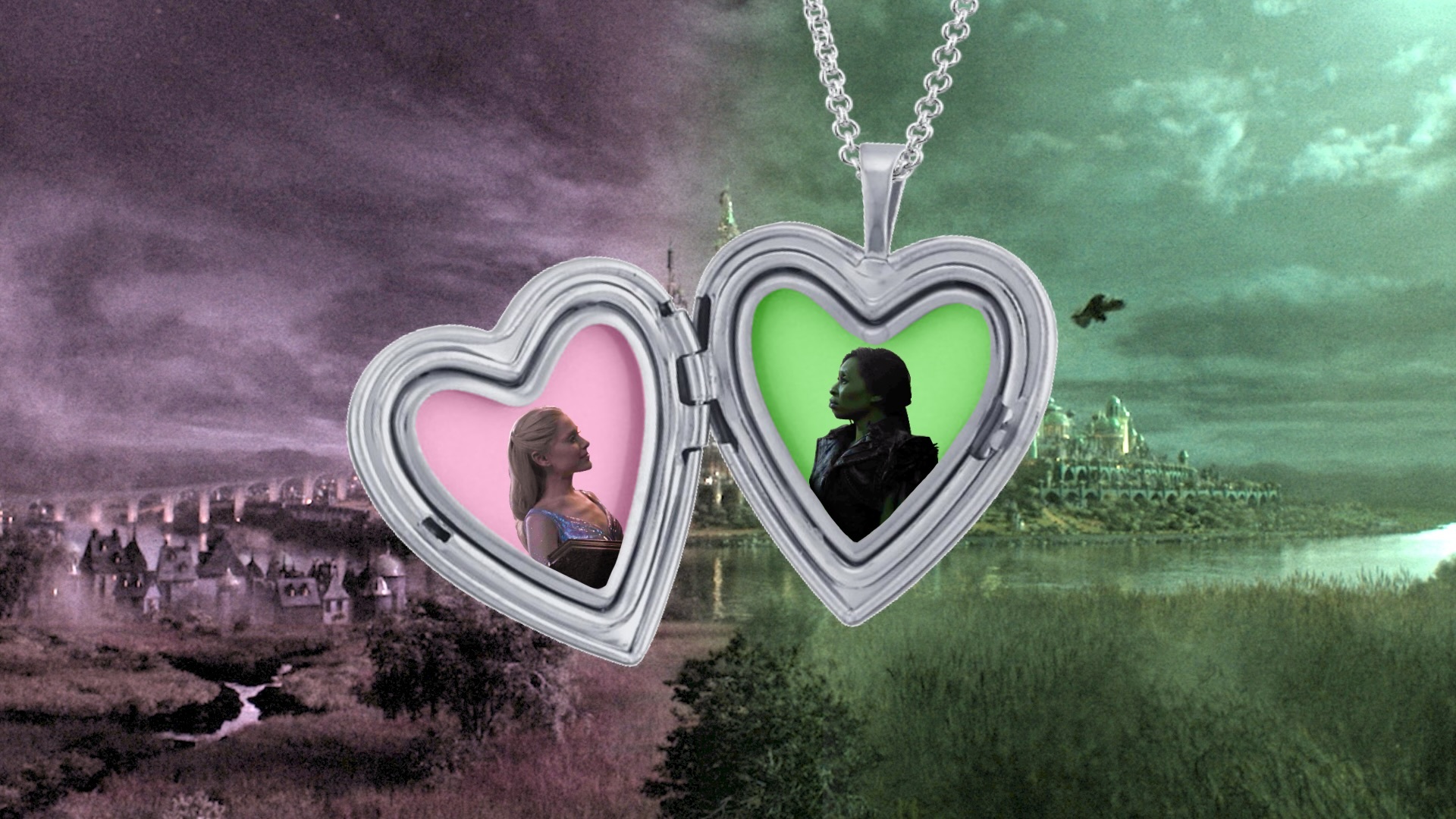As I type this, the 91st Academy Awards, also known as the Oscars, are only three days away. This year’s Best Picture nominees are Black Panther, BlacKkKlansman, Bohemian Rhapsody, The Favourite, Green Book, Vice, A Star is Born, and Roma. I am sure most of you have watched Black Panther, Bohemian Rhapsody, and A Star is Born, and didn’t even know the other five films existed. I am sure some of you, like me, may even wonder how Black Panther was even nominated in this category. Don’t get me wrong, I liked Black Panther – in fact, I thought it was well-written, wonderfully casted, and rather original. However, I am baffled as to how it beat out Avengers: Infinity War for the nomination. Nonetheless, I am not here to review a film you have probably seen. I am here to review Green Book, one of the best films you (probably) have never seen.
Green Book is a comedic drama set in America in 1962, a time when the Civil Rights Movement was in full swing. This was only two years after the Woolworth’s Lunch Counter incident, in which four African-American college students defiantly stayed seated when asked to leave a lunch counter at Woolworth’s in Greensboro, North Carolina. This was also only one year before the March on Washington, where Martin Luther King Jr. made his iconic “I Have a Dream” speech. Green Book is a biographical film that follows the friendship between Italian-American bouncer Tony Vallelonga (played by Viggo Mortenson) and jazz pianist Don Shirley (Mahershala Ali).
This unlikely friendship is formed when Tony is hired by Don Shirley to be his driver and bodyguard during a musical tour of ‘the deep south’. Tony’s services are required for obvious reasons. You may know Viggo Mortenson from his role as Aragorn in The Lord of the Rings trilogy (2001-2003), and you may know Mahershala Ali from Moonlight (2016). The comedy of Green Book is heavily based on the very noticeable juxtaposition of these two characters. Tony is a no-nonsense, street-smart family man with an initial aversion towards African-Americans, while Don Shirley is a wealthy, elegant, and highly educated African-American musician.
Unlike the creator’s much lighter work such as Dumb and Dumber (1994) and There’s Something About Mary (1998), Peter Farrelly’s Green Book achieves a commendable balance between knee-slapping hilarity and racial and emotional complexity, which his other films lack. The dialogue of the film is natural and charming – nothing felt forced or unnecessary. Viggo Mortenson and Mahershala Ali did a splendid job of bringing their characters to life, for which each of them have (deservedly) earned Academy Award nominations.
The cinematography was not extraordinary, but was quite good for a comedic drama, and the screenplay was amazing. The screenplay for the film was based on personal interviews between Nick Vallelonga, Tony’s son, and the two protagonists. While there was some controversy raised by Shirley’s relatives in regards to the historical accuracy of the film, Vallelonga explained that his screenplay received the blessing of Shirley and that many details were to remain secret until the release of the film. In my opinion, Green Book is the best work of Peter Farrelly’s career.
You may be wondering why the title of the film is Green Book. This is because it was an actual guidebook for African-American travellers. At a time when discrimination against non-whites was legal and common, Victor Hugo Green had written The Negro Motorist Green Book to help fellow African-American travellers avoid white-owned businesses that refused to serve people of colour. These businesses often violently removed African-Americans from their establishments. Copies of this book were published from 1936 until 1966. Publication of the Green Book ceased soon after the passing of the Civil Rights Act of 1964, which abolished legal segregation and discrimination. As you may have guessed already, Tony and Don Shirley use this book during their tour. It was very heart wrenching to see a brilliant jazz musician live in a cheap and dilapidated motel while his very own driver enjoyed a cozy motel -- not because of financial constraints, but simply because one was white and the other wasn’t.
The film did an excellent job of dramatizing the relationship between Tony Vallelonga and Don Shirley. Prior to watching this film, I had never even heard of Don Shirley’s name and I’m guessing neither have you. Therefore, since it is Black History Month, I found it apt to write about the life of this talented yet relatively unappreciated man. Don Shirley was born Donald Walbridge Shirley on January 29, 1927 in Pensacola, Florida. His parents were Jamaican immigrants. A musical prodigy, Shirley learned to play the piano at the age of two. He was invited to attend the Leningrad Conservatory of Music at the age of nine, which he did. He made his concert debut with the Boston Pops playing Tchaikovsky at the age of eighteen and his very own first major composition was played by the London Philharmonic Orchestra the following year.
Despite his immense passion and love for classical music, he was discouraged at the age of 20 from pursuing this genre because America was not ready to accept an African-American in this field of music. Thus, Shirley had to develop his own genre, mixing the elements of “blues, spirituals, show tunes, and popular music.”
Shirley’s music received high praise from distinguished colleagues, with famed composer Igor Stravinsky stating, “[Shirley’s] virtuosity is worthy of Gods.” Duke Ellington said he would “give up his bench” to let Shirley take his spot behind the piano. And Shirley was more than just a gifted pianist: he held doctorates in Psychology, Music, and Liturgical (religion and public worship) studies.
Shirley was married to Jean C. Hill on December 23, 1952 but divorced some time after. He was the only other solo concertist at Carnegie Hall besides Leonard Bernstein to play and live there. He formed the Don Shirley Trio around the beginning of the 1960s, and, in 1962, went on a tour in the ‘deep south’ with Tony Vallelonga.
He went on to perform with the Detroit Symphony, the Chicago Symphony, and the Cleveland Orchestra. He also performed in revered venues such as Milan’s La Scala Opera House. On April 6, 2013, Shirley died at the age of 86 due to heart disease. You can find his music on Spotify – I particularly like the single “Blue Skies,” and his rendition of Simon and Garfunkel’s “Bridge over Troubled Water.”
A person who kept most of his personal life to himself, it’s not much of a stretch to think that Shirley told things to Nick Vallelonga on his deathbed that he almost took to his grave. It was revealed in the movie that the main reason why Don Shirley went on that tour with Tony Vallelonga during such a turbulent time for African-Americans was not for monetary reasons, nor was it to become more popular. Rather, he wanted to attempt to broaden the minds of the prejudiced, to show that an African-American can be dignified, intelligent, as well as an exceptional musician and entertainer.
This was his way of fighting for his people’s rights, and while it may not have been the most provocative or straight-forward approach, it was gentle and subtle. A memorable line from the movie, said by Don Shirley, summarizes his struggle: “You never win with violence. You only win when you maintain your dignity.” Despite the social issues concerning one’s race that we still have today, it is reassuring to know that today virtuosos like Don Shirley would most likely have the opportunity to pursue their ambitions and receive the recognition they deserve.


.png)


.jpg)


.jpeg)



.jpg)

.jpg)

.jpg)







.png)